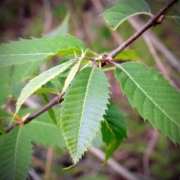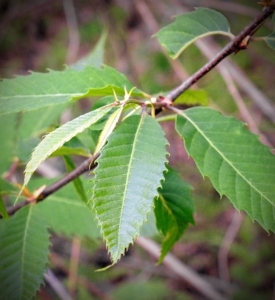Reforestation Opportunities in North America

While North American forests today are growing due to more sustainable harvesting practices and new planting, it hasn’t always been that way. In the first centuries of European settlement, deforestation was significant. Before colonization, 46% of U.S. land area was carpeted in forest cover – over 1 billion acres in 1630.
For three centuries following the arrival of Europeans, however, the land was cleared, predominantly for agriculture, to feed a growing population. One to two hectares of land was cultivated for every additional resident.
As a result, deforestation followed in the path of settlement, reaching its lowest point in 1872. Almost two-thirds of the net conversion to other uses occurred in the second half of the 19th Century. By 1910, the area of forest land had declined to an estimated 754 million acres or 34% of the total land area.
Turning the Tide on Deforestation
The good news, however, is that deforestation has been curbed in North America. In the last Century, forest cover has become stabilized and has begun to expand. In the 20th Century, it has remained relatively constant, and has started to expand. Forest cover grew between 2010 and 2020, increasing at a rate of 0.03% annually, according to FAO (Food and Agriculture Organization of the United Nations).
In addition, there are opportunities to reforest even more of the contiguous U.S., focusing on the most cost-effective and feasible options. A new online tool, the interactive “Reforestation Hub” is a collaboration of The Nature Conservancy and American Forests.
The most comprehensive analysis available, according to the group, it identifies up to 133 million acres of formerly forested lands in the United States that could be reforested to boost carbon storage. That would translate into absorbing an additional 333 million metric tons of carbon per year — equivalent to the carbon emissions from all of the passenger vehicles in California, Texas, and New York combined, or 72 million vehicles.
The Reforestation Hub allows stakeholders such as foresters, land managers, and private landowners to explore the study’s findings. It identifies the number of acres — down to the county level — potentially available for different types of reforestation.
“People are excited about reforestation for good reason,” said lead scientist Susan Cook-Patton, Senior Forest Restoration Scientist at The Nature Conservancy. “New trees represent a powerful natural solution to global warming. But until our analysis, there was no quick and easy way to figure out where exactly we might put all those new trees. This work provides a menu of possibilities to get it done.”
Cook-Patton hopes this granular analysis will help land managers and policymakers find the options that best meet local, state, and national goals around growing trees for public and private benefit.
The Reforestation Hub uses several filters for isolating the most promising places for new forests: where forests grew in the past; current land ownership; land type; benefits to wildlife and watersheds; and cost. In sum, the study highlights the potential for 60 billion new trees to be grown across the country with 1.3 billion already planted annually.
Among ten different reforestation options, the Reforestation Hub suggests that three of them provide the most potential: formerly forested lands now used for pasture (49% of potential); floodplains (17%); and urban open space (14%). But the top results change by county, so the Reforestation Hub allows users to find the places with the most potential in their area.
Land ownership is also an important consideration. “Over one-third of the total potential for reforestation within existing forestland is on federal lands,” said Jad Daley, President, and CEO of American Forests. “That means we have a massive lever for climate action right in our hands, because we have the power to reforest these lands if the federal government simply allocates sufficient staff and funding.”
According to The Nature Conservancy, several existing reforestation programs could be scaled up to put the new Reforestation Hub’s information to work. On public lands, this includes the Reforestation Trust Fund, which can be enhanced via the soon-to-be-introduced REPLANT Act to fully fund the reforestation of America’s national forests.
On private lands, they include the U.S. Department of Agriculture’s Environmental Quality Incentives Program (EQIP) and Conservation Reserve Program (CRP), as well as state conservation agency cost-share programs.
Stakeholders are encouraged to visit the Reforestation Hub to inform their tree planting programs. Questions about the Reforestation Hub and its underlying study can be directed to ReforestationHub@tnc.org
*This post was based on the following press release:
https://www.nature.org/en-us/newsroom/study-shows-reforestation-potential-us/




